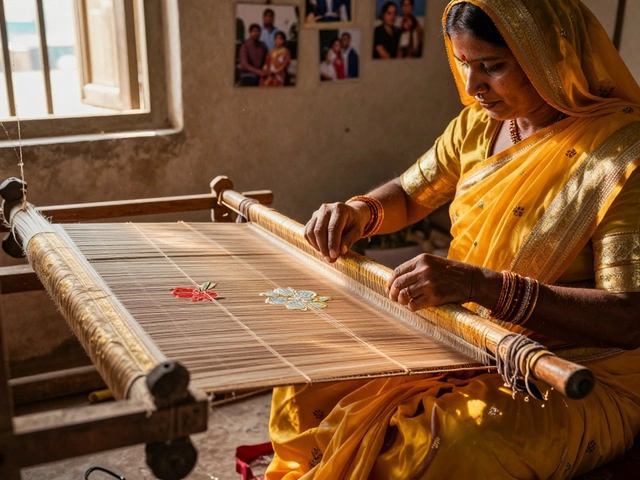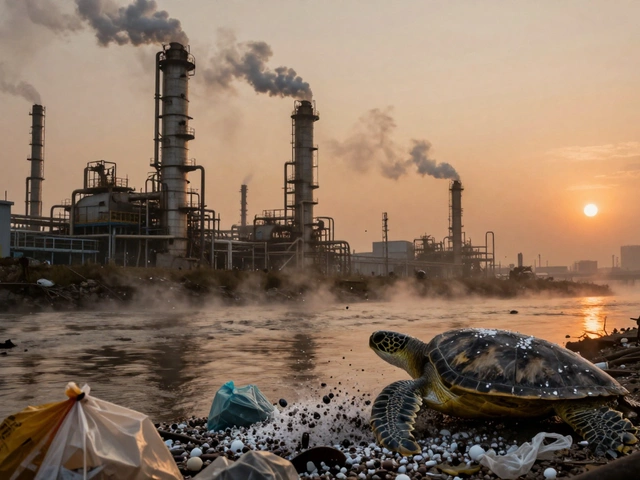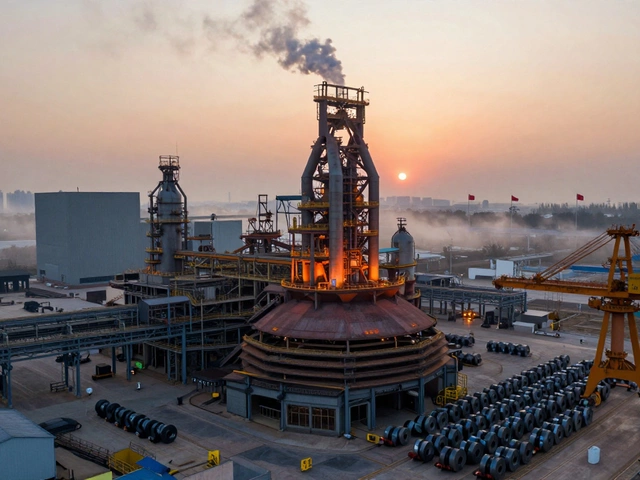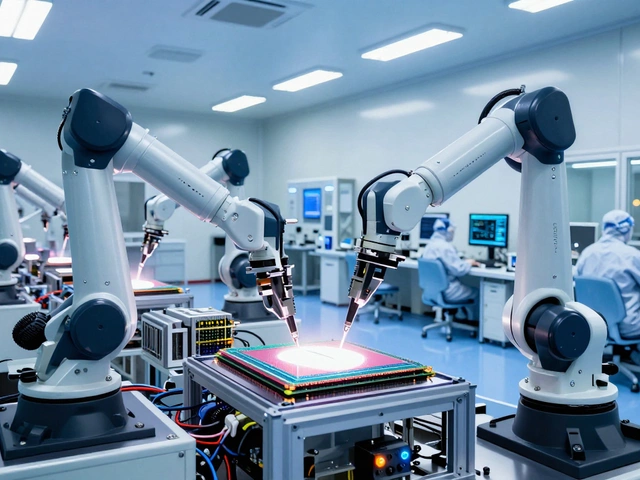Indian Industry Challenges: What’s Holding Growth Back?
India’s factories are humming, but many still hit roadblocks that slow progress. You might hear talk about cheap labor or booming demand, yet the reality on the ground includes power cuts, outdated machinery, and tangled regulations. Understanding these pain points helps you plan smarter, cut waste, and keep your business moving forward.
Key hurdles faced by manufacturers
First off, infrastructure. Frequent electricity outages force plants to run diesel generators, which spikes costs and adds emissions. Roads and ports often struggle with congestion, delaying raw‑material deliveries and finished‑goods exports. Next, the regulatory maze: multiple licences, state‑level permits, and changing environmental rules can stall a project for months.
Skilled labor is another mixed bag. While India offers a large workforce, there’s a shortage of technicians who can operate advanced CNC machines or troubleshoot IoT systems. Companies end up spending big on training programs that still don’t bridge the gap fast enough. Add to that the rising price of raw materials—steel, aluminum, chemicals—where global spikes hit Indian factories harder because of import duties.
Environmental compliance has tightened, especially after the ban on hazardous chemicals announced in 2025. Manufacturers must replace old solvents with safer alternatives, often at a steep price. On the flip side, ignoring these rules can bring fines or even shutdowns, so it’s a high‑stakes balancing act.
Finally, market competition is fierce. New players in low‑competition niches like specialty textiles or sustainable furniture are popping up, while traditional giants push for automation to stay ahead. If you’re stuck in a legacy setup, you quickly become less attractive to buyers who demand faster lead times and greener products.
Practical steps to overcome them
Start with a reliability audit. Pinpoint where power loss or equipment downtime hits your bottom line and invest in backup solutions—solar panels, UPS systems, or even energy‑efficient motors. A small upfront cost often pays off in fewer interruptions.
Streamline compliance by using a single‑window portal for permits. Many state governments now offer digital applications; keep a checklist and assign one team member to track updates on banned chemicals and emission standards.
Boost workforce skills through partnerships with technical colleges. Offer apprenticeships that let students work on real machines while you get hands‑on talent at a lower cost. Combine this with regular upskilling workshops on IoT and data analytics.
Look for local suppliers who meet quality standards to cut logistics expenses. In sectors like pharma or food processing, building a regional supply chain can reduce both lead time and carbon footprint.
Finally, differentiate your product. Whether it’s a high‑demand item like eco‑friendly furniture or a niche pharma component, focus on quality, certification, and a clear value story. That makes you less vulnerable to price wars and more appealing to export markets.
By tackling these challenges head‑on, you turn obstacles into stepping stones for growth. Indian industry isn’t stuck—it just needs the right moves to get unstuck.
Why India Isn’t the World’s Manufacturing Hub: Deep Dive Into Challenges & Real Solutions
India’s massive potential as a global manufacturing giant remains largely untapped. Explore what’s holding India back from becoming a true manufacturing hub, from red tape to power outages, and see what steps can make a difference.
Read More




